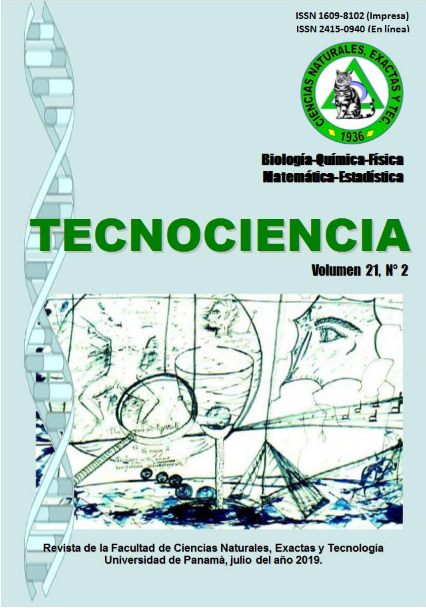

Asthma is a disease that affects more than 300 million people worldwide. It is an obstructive pathology with increased airway resistance. The Peak Expiratory Flow (PEF) is decreased in asthmatics. The evaluation of airway resistance with a Mini Wright flow meter is a reliable measurement. In a population of 74 children, aged 8,87 ?1,91yrs; weighted 35,65 ±12,17kg and heighten 134,55±12,86cm; Average PEF at rest was 261.08?61.72 l/min and after a 6 min exercise 261.08?61.72 l/min this difference has no statistical significance for females (t: 0.2252; ?: 0,05) neither for males (t: 0.2616; ?: 0,05). In relation to PEF, the subjects were classified within normal values (42,8%), mild asthma (42,8%), moderately asthmatic (14,3%) and none severed asthmatic. The subjects (42,8%) were asymptomatic and no post exercise PEF reductions were observed. The anthropometric correlations were the following: weight-PEF r: 0.63; p<0,01; height-PEF r: 0.77; p<0,01. Age- PEF correlation: 0.81; p <0,01.